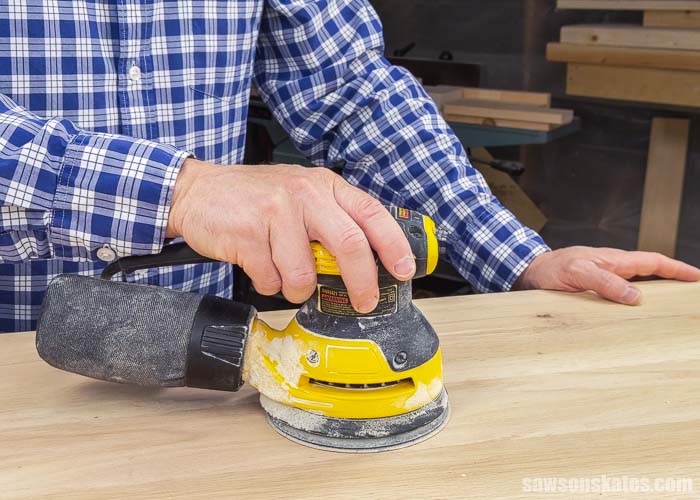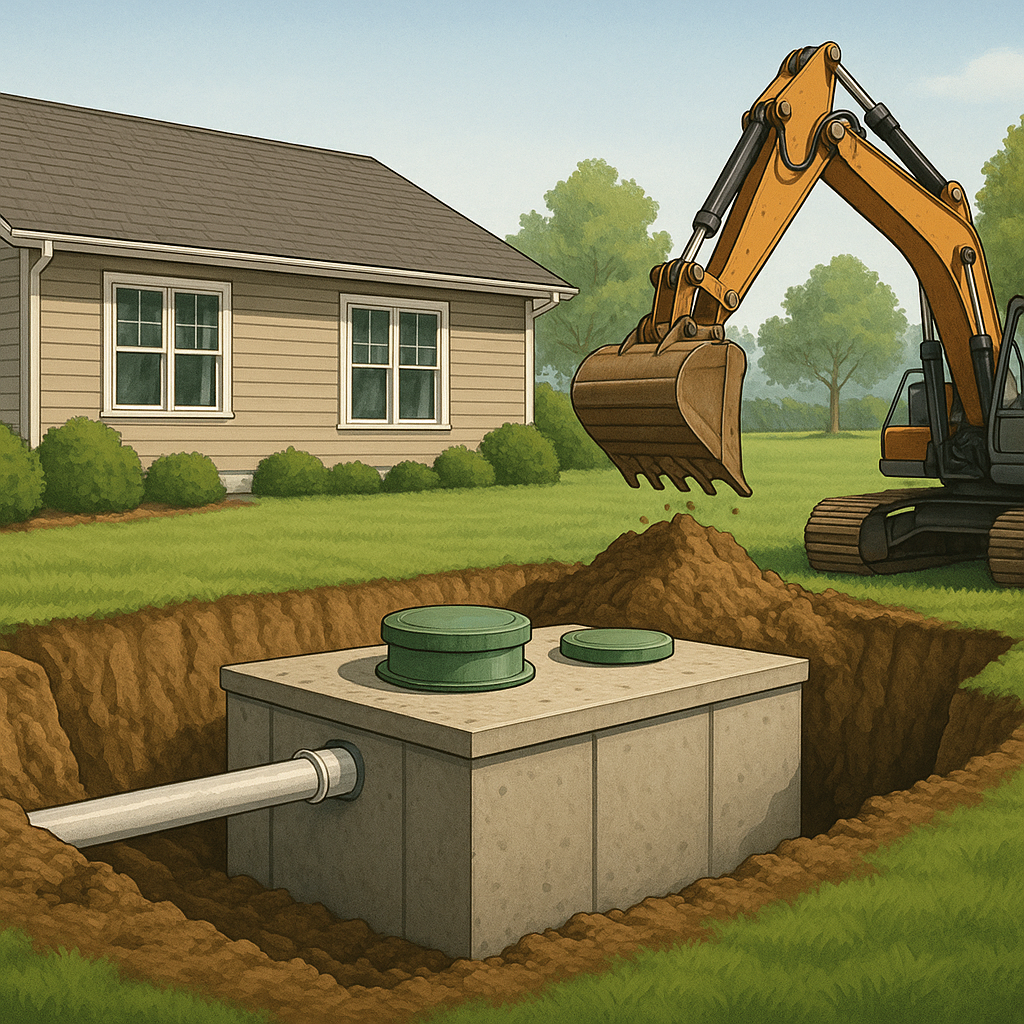Sanding is one of the most important steps in woodworking, especially when it comes to creating or restoring beautiful furniture. Whether you’re refinishing an old dresser or crafting a custom bookshelf, using the best sander for furniture can dramatically improve your final result. It saves time, ensures a smooth finish, and allows you to work more efficiently with less physical effort.
With so many options available—random orbital, belt, detail, and palm sanders—it’s easy to feel overwhelmed. This comprehensive guide will help you identify which sander best suits your furniture project. From understanding the types of sanders to comparing top-rated models, you’ll walk away knowing exactly what tool will take your furniture to the next level.
Why Sanding Furniture Matters
Sanding is more than just smoothing wood. The right tool helps you:
- Remove old paint or stain evenly
- Prepare raw wood for finishing
- Smooth imperfections and prevent splintering
- Enhance wood grain visibility
- Improve the adhesion of paint or finish
When done properly, sanding can transform an ordinary wooden piece into a showroom-worthy creation.
Types of Sanders Used for Furniture Projects
1. Random Orbital Sander
Best for: All-purpose furniture sanding
Key Features:
- Circular pad moves in random orbits
- Smooth finish without visible swirl marks
- Ideal for curved or flat surfaces
Pros: - User-friendly
- Great for beginners
- Versatile
Cons: - Not ideal for corners or detailed edges
2. Detail Sander
Best for: Intricate furniture with tight corners and carvings
Key Features:
- Pointed tip design
- Vibrates rapidly for precise sanding
Pros: - Perfect for ornate furniture
- Reaches difficult areas
Cons: - Slower for large flat surfaces
3. Belt Sander
Best for: Heavy-duty paint or finish removal
Key Features:
- Uses a continuous loop of sandpaper
- Powerful and aggressive sanding
Pros: - Excellent for stripping surfaces quickly
- Works well on flat, wide areas
Cons: - Can easily gouge wood if not handled carefully
4. Palm or Finishing Sander
Best for: Final touch-ups and finishing work
Key Features:
- Small, lightweight square design
- Ideal for smaller jobs and finish sanding
Pros: - Easy to control
- Inexpensive
Cons: - May leave light swirl marks
Factors to Consider When Choosing the Best Sander for Furniture
1. Type of Project
Are you restoring antique furniture or building new pieces? Larger projects may require a belt or random orbital sander, while detailed work benefits from a detail sander.
2. Control & Comfort
Look for ergonomic designs with soft grips and minimal vibration. You’ll likely spend long periods holding the sander, so comfort matters.
3. Speed Settings
Variable speed control lets you adjust sanding intensity for different surfaces, offering better control and finish quality.
4. Dust Collection
Choose a sander with an efficient dust bag or port. Dust collection not only keeps your workspace clean but also protects your lungs and improves sanding visibility.
5. Weight & Size
Heavier sanders are harder to maneuver over long sessions, especially on vertical surfaces or intricate furniture pieces.
Best Sander for Furniture: Top 5 Options Reviewed
1. Random Orbital Sander – Best Overall Performance
If you want a smooth, swirl-free finish across various furniture types, a random orbital sander is your best bet. It’s versatile, easy to use, and suitable for beginners and professionals alike.
Pros:
- Smooth, consistent finish
- No sanding pattern left behind
- Works on flat and curved surfaces
Best For: Dressers, dining tables, headboards, bookshelves
2. Detail Sander – Best for Precision Work
This sander is perfect for getting into corners, curves, and carved areas where standard round pads can’t reach. It’s ideal for delicate and detailed jobs.
Pros:
- Small and easy to maneuver
- Great for hard-to-reach areas
- Works well on carvings and joints
Best For: Chair legs, drawer corners, ornate trim, decorative edges
3. Belt Sander – Best for Stripping and Heavy Material Removal
When working with thick finishes, paint layers, or rough wood, belt sanders make quick work of stripping and leveling surfaces.
Pros:
- Extremely powerful
- Fast material removal
- Suitable for large surfaces
Best For: Hardwood tables, painted cabinets, thick veneers
4. Palm Sander – Best for Final Touches
Palm sanders are lightweight and affordable, making them great for light work and soft woods. They’re also excellent for prepping between finish coats.
Pros:
- Gentle on delicate wood
- Affordable and beginner-friendly
- Compact design
Best For: Finishing passes, softwood items, light sanding projects
5. Cordless Sander – Best for Portability and Flexibility
Cordless models offer the freedom to move around large furniture or remote workspaces without cords getting in the way.
Pros:
- Cord-free movement
- Works well in tight areas
- Great for on-site projects
Best For: Outdoor furniture, mobile repairs, furniture on patios or decks
Common Questions About Sanders for Furniture
Q: What grit sandpaper should I use for furniture?
Start with 80–100 grit for stripping, move to 120–150 for smoothing, and finish with 220 grit before applying stain or paint.
Q: Can I use a belt sander for furniture refinishing?
Yes, but use it carefully. Belt sanders are powerful and can remove too much material quickly, which might damage fine details or softwood.
Q: Is a random orbital sander better than a palm sander?
For general-purpose sanding, yes. Random orbital sanders offer more consistent results with fewer marks, while palm sanders are better for finishing or light-duty work.
Q: How can I prevent swirl marks when sanding furniture?
Use a random orbital sander, move it slowly and steadily, and avoid pressing too hard. Finish with a fine-grit sandpaper for best results.
Summary: Which Sander Should You Choose?
Here’s a quick breakdown:
| Sander Type | Best For | Skill Level |
|---|---|---|
| Random Orbital | All-purpose, smooth finish | Beginner to Expert |
| Detail Sander | Intricate areas and small spaces | Beginner |
| Belt Sander | Heavy stripping, large flat surfaces | Intermediate |
| Palm Sander | Finish work and small projects | Beginner |
| Cordless Sander | Portability and outdoor use | All levels |
Conclusion
Selecting the best sander for furniture depends on your project size, material, and detail level. For most furniture projects, a random orbital sander provides a great balance of power, precision, and versatility. However, if you’re restoring ornate vintage pieces or working in tight spaces, a detail sander is essential. Belt sanders tackle tough jobs quickly, while palm sanders give that final smooth touch.
Take your time to assess your needs, compare features, and invest in a quality sander—it will pay off in your woodworking results.




